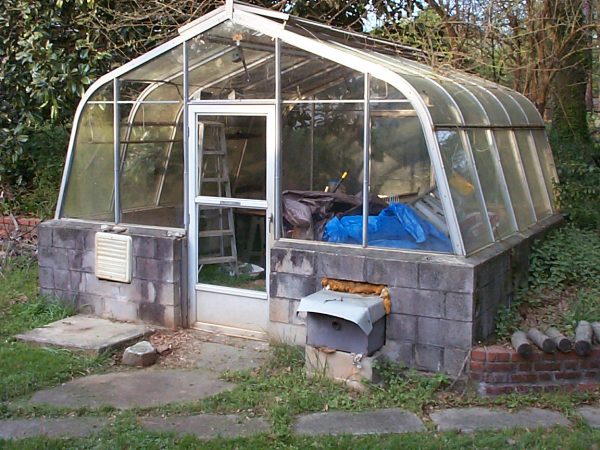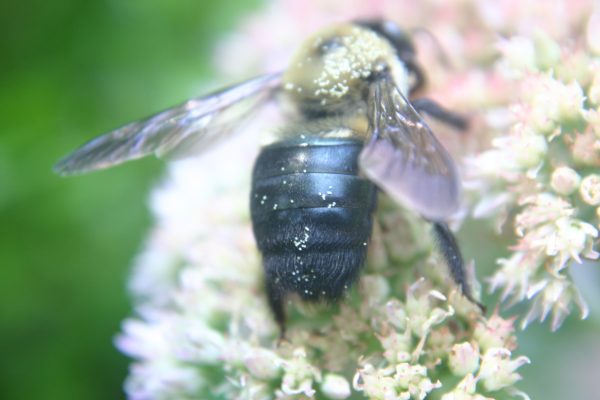Houseplants – General Care
Outdoor gardeners sometimes feel a little lost during the winter. We wander outside, picking at the occasional sprig of chickweed and removing noticeably dead tree branches, but there is not much more to be done. Forgetting the sweaty summer, when everything needs feeding or watering, and the mosquito-ey misery of August, we drift around indoors appraising our houseplants.
If the above accurately describes you, don’t think you are alone. The questions below reveal others in the same predicament.
PRUNING SCHEFFLERA Susan W. describes her six year-old schefflera as “absolutely beautiful but it has grown into a miniature tree! I think it needs to be trimmed or cut back, as well as repotted from its fifteen inch pot. I am not sure how much or what part of the plant to trim.”
Schefflera is a common houseplant in Atlanta but in the tropics, and even in south Florida, it is an invasive tree. It grows to forty feet tall and sprouts like a weed. Given that information, we can surmise that a schefflera plant can be pruned in any way you like without harm. No matter where you cut, it will soon sprout new leaves nearby.
If Susan chooses to prune her schefflera now, she should afterwards place it in the sunniest spot possible, so it can quickly refoliate with green leaves. The very best time to prune is in late spring, when it can be put outdoors on a shady patio. Leaves will regrow twice as quickly then.
If she reduces it’s size by one-fourth to one-half, she shouldn’t need to repot it due to its resulting dimensions. More likely, it needs repotting due to six years growth in the same soil. When you repot a houseplant, avoid cheap “dollar-a-bag” potting soils. Wash the old soil off the roots, pack a high-quality potting soil around the roots and put it back in the same pot.
POINSETTIA CARE Beau T. says that he “just updated my PC with a massive loss of archives and bookmarks. Now I need an answer to the usual question this time of year: ‘How do you take care of poinsettias?’ “
Like the schefflera, poinsettia is closer to being a weed than a beautiful ornamental plant in its native Mexico. Beau should keep his in bright light and water only when the soil is dry to the touch. If foil surrounds the pot, he should remove it and place the pot on a saucer. Fertilize it now, using houseplant fertilizer. Remove the colorful bracts as they wither. Any bracts that are left should be removed when he takes the poinsettia outdoors in April. In fact, if it is moved gradually into stronger light conditions, poinsettia can grow well in a large pot in full sunshine.
BROWN LEAVES Sue Y. noticed that her “Zebra plant and a peace lily have leaves that seem to be dying and turning brown from the tips of the leaves. Eventually the leaf turns brown about half-way up. The whole leaf never dies, and does not fall off. Otherwise the plant seems to be healthy. What am I doing wrong?”
When the tips or edges of a leaf turn brown I deduce immediately that water is not reaching that part of the plant. Leaf diseases usually cause round spots on a leaf. Drought damage shows up as browning the tips and margins of leaves.
In my experience, the browning could be caused by a lack of water in the soil, by too much water in the soil (leading to root rot) or by a draft on the leaves.
As with many plant problems, I advised Sue to put on her Sherlock Holmes hat and look for furnace vents near the plants. She can pull them from their pots to determine the health of the roots. Lastly, never let houseplants sit in a saucer full of water after you water them.















